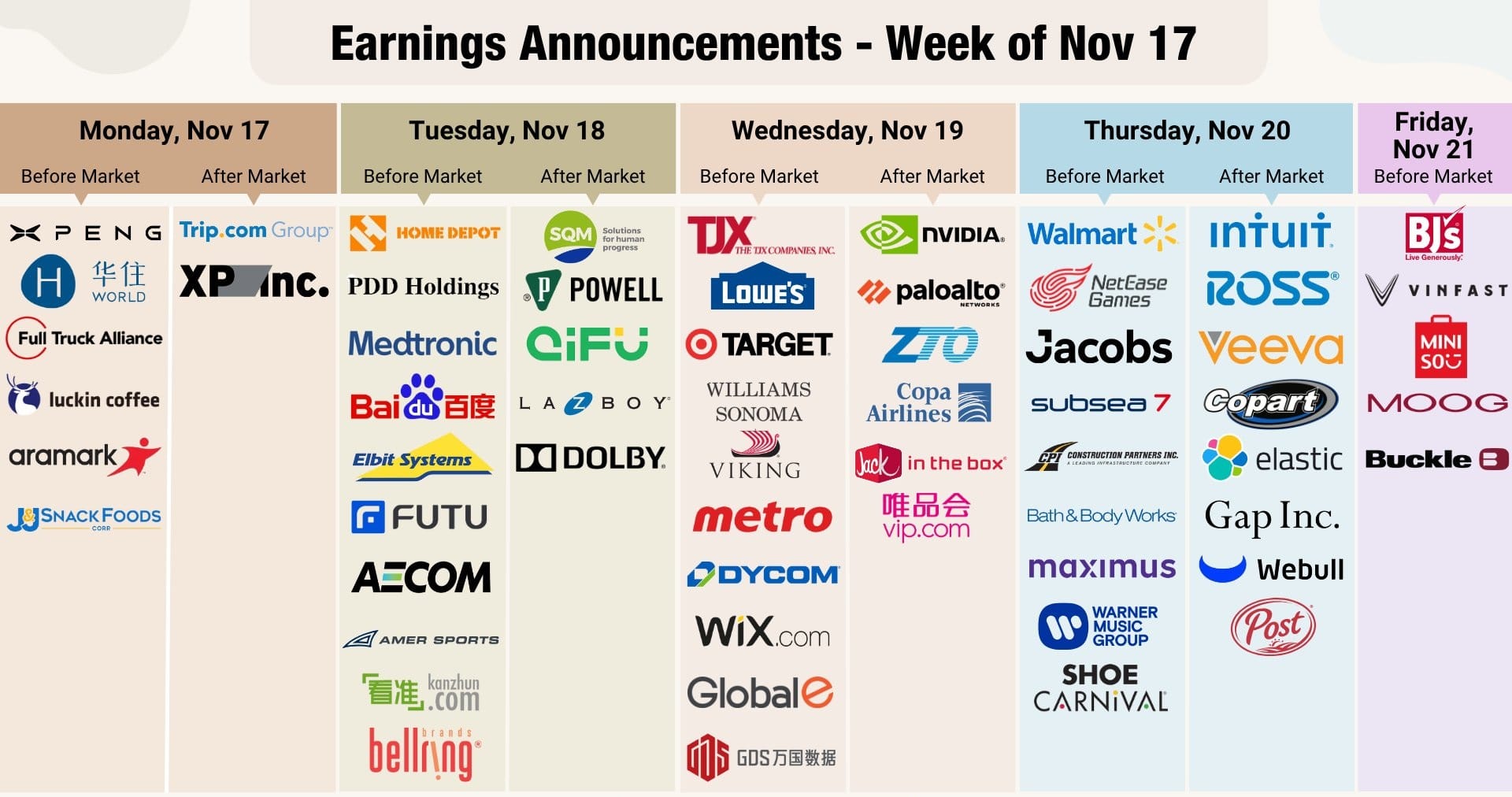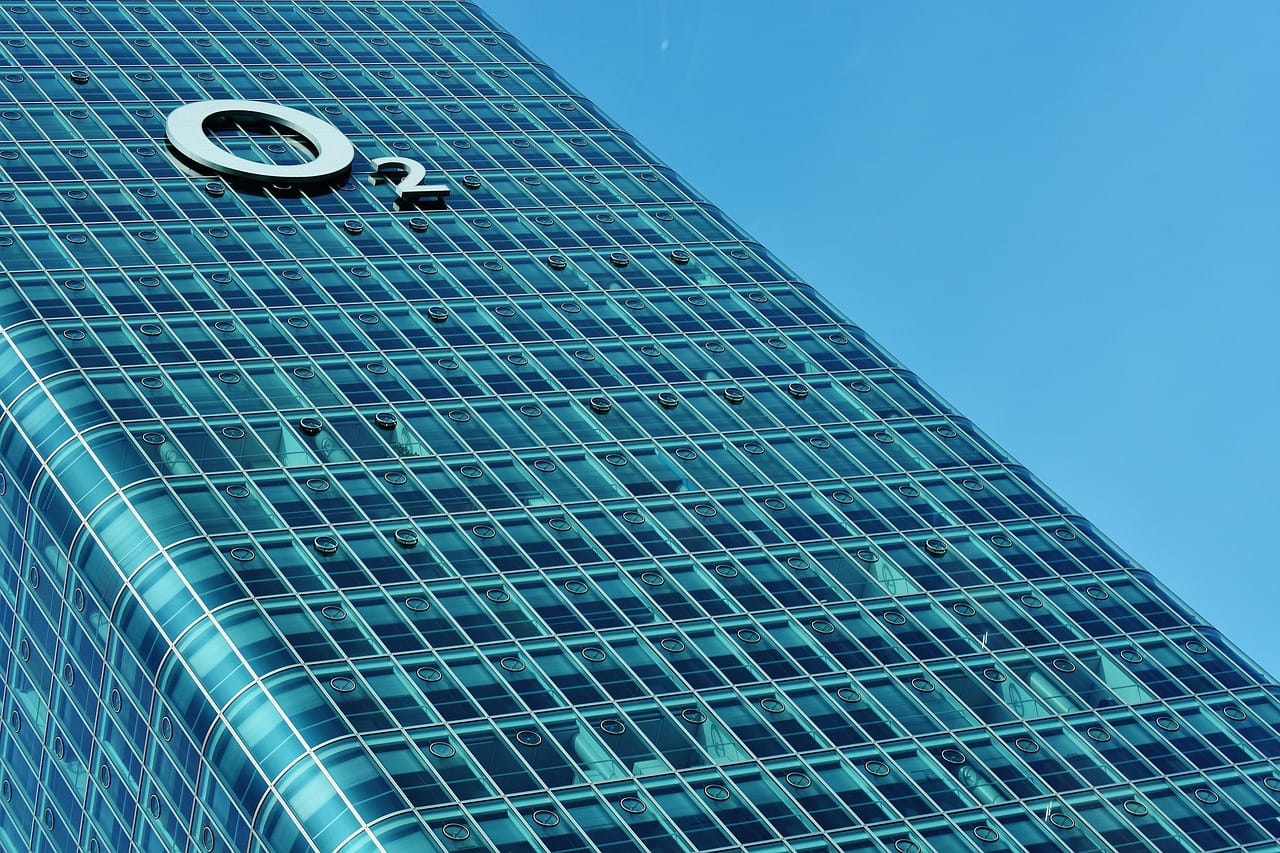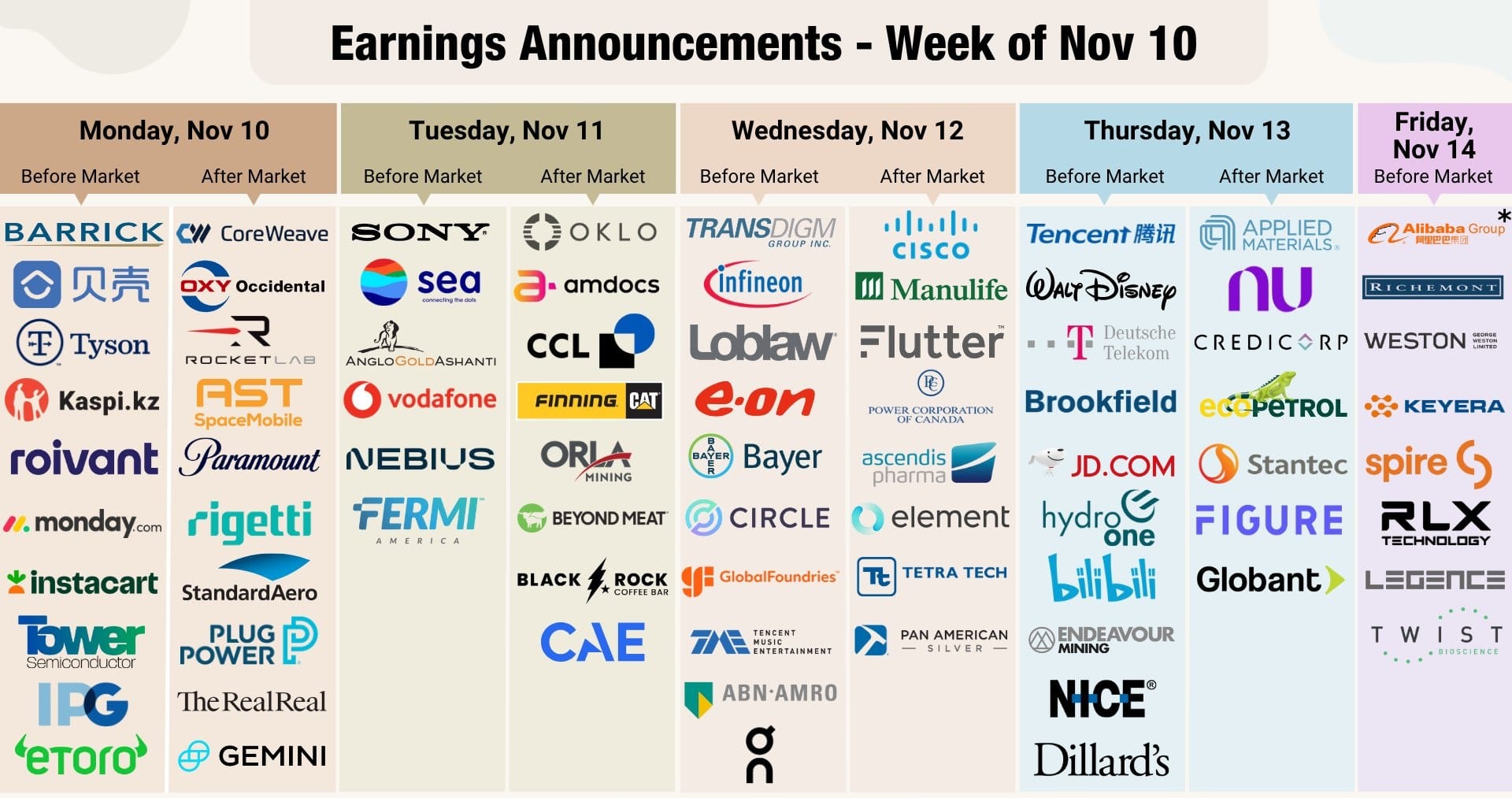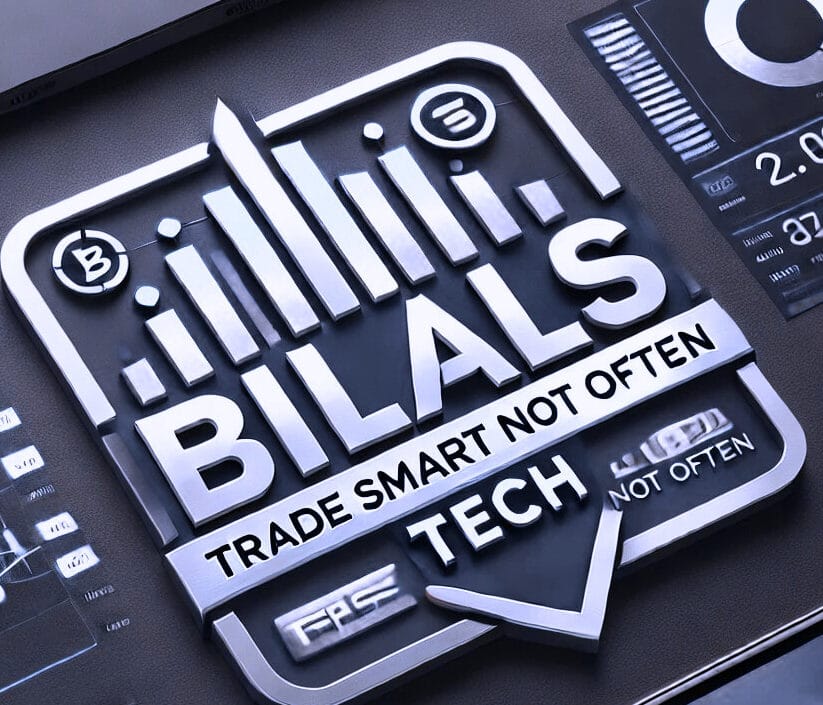Markets are at the forefront of a rapidly evolving global economy, where corporate strategy, financial policy, and investment trends intersect to create both opportunities and challenges for investors, businesses, and policymakers alike. In this edition of The Morning Ledger, we delve into the intricate web of macroeconomic forces, geopolitical developments, and corporate decisions that are defining the current landscape. Drawing on analytical insights reminiscent of trusted financial journalism, this comprehensive examination aims to provide a clear, authoritative perspective on the day’s most pressing issues, helping readers navigate the complexities with confidence and clarity.
Executive Summary: The Macro Pulse
Markets worldwide are exhibiting a fascinating mix of resilience and volatility as we enter a new trading week. Influenced by political upheavals, anticipated shifts in monetary policy, and bold corporate strategies, global indices are painting a picture of divergent paths. In the United States, futures markets are showing upward momentum, buoyed by recent labor data that suggests a cooling job market—potentially paving the way for the Federal Reserve to implement rate cuts sooner than expected. This sentiment is further amplified by bustling activity in the artificial intelligence sector, where innovation continues to drive investor enthusiasm.
However, this positive outlook in U.S. markets is contrasted sharply by turbulence in Europe. The unexpected downfall of the French government has injected a dose of uncertainty, leading to declines in stock prices, bond yields, and the euro’s value. Investors are grappling with the implications for the broader European Union, where political stability has long been a cornerstone of economic confidence. Turning to Asia, Japan’s Nikkei index has reached an all-time high, propelled by the upcoming appointment of Sanae Takaichi as prime minister and a depreciating yen that enhances export competitiveness. In contrast, Hong Kong’s markets have seen a slight retreat as traders lock in gains after a prolonged upward streak.
Commodity markets mirror this push-and-pull dynamic, embodying both risk-on and risk-off sentiments. Gold has surged to record levels as a safe-haven asset amid global uncertainties, while oil prices are climbing steadily, supported by OPEC+’s decision to implement a smaller-than-anticipated production hike for November. These movements underscore how markets are responding to a blend of supply constraints and demand forecasts in the global economy.
Amid these market fluctuations, corporate strategy and financial policy are playing pivotal roles. Reports indicate the Trump administration is exploring a direct equity investment in Critical Metals Corp., a move that could reshape the strategic landscape for rare earth minerals amid intensifying U.S.-China competition. In the automotive industry, Tesla’s teaser for an upcoming event has spotlighted the push toward affordable electric vehicles, a key investment trend in sustainable transportation. Pharmaceutical giant Eli Lilly is committing over $1 billion to expand in India, highlighting shifts in global supply chains. Tragically, the confirmation of fatalities at Freeport-McMoRan’s Grasberg mine serves as a stark reminder of operational risks in resource extraction.
This analysis will unpack these developments in detail, offering insights into their broader implications for markets, the global economy, corporate strategy, financial policy, and investment trends. By examining the interconnected nature of these elements, we aim to equip readers with the knowledge needed to make informed decisions in an increasingly complex world.
I. Geopolitical Crosscurrents: Statecraft and Strategic Resources
Markets thrive on stability, but geopolitical events often introduce variables that can sway the global economy in profound ways. One such development is the Trump administration’s consideration of acquiring an equity stake in Critical Metals Corp., a mining firm focused on rare earth elements. This potential investment represents a strategic pivot in U.S. financial policy, aimed at securing supply chains critical to national security and economic independence.
Rare earth minerals are the unsung heroes of modern technology, powering everything from smartphones to renewable energy systems. China’s dominance in this arena—controlling over 80% of global production—has long been a point of vulnerability for Western nations. By invoking tools like the Defense Production Act earlier this year, the U.S. has signaled its intent to bolster domestic capabilities. The Tanbreez deposit in Greenland, now under Critical Metals’ purview, holds immense promise with its vast reserves. Acquired for a modest upfront cost, this asset could become a cornerstone of non-Chinese supply chains if developed swiftly.
This move aligns with broader investment trends toward resource security, where governments are increasingly acting as direct participants in markets. For Greenland, an Arctic territory with growing strategic importance, U.S. involvement could enhance infrastructure and economic ties, countering influences from other global powers. As climate change unlocks new Arctic routes and resources, this investment underscores how corporate strategy intersects with hemispheric defense policies, potentially stabilizing markets by reducing reliance on volatile suppliers.
Shifting focus to Europe, the collapse of the French government has sent shockwaves through regional markets. This political instability threatens fiscal coordination within the EU, elevating risk premiums on assets and prompting capital outflows. In the context of the global economy, such events highlight the fragility of interconnected financial systems, where a single nation’s turmoil can impact investment trends across borders. Investors are now reevaluating portfolios, favoring safe-haven assets like U.S. Treasuries, which could influence monetary policies worldwide.
To fully appreciate these crosscurrents, consider the historical context. Post-World War II, markets have often rebounded from geopolitical shocks through adaptive corporate strategies and prudent financial policies. Today’s scenario echoes past crises, such as the eurozone debt turmoil, where resilience was built through diversified investment trends. As markets digest this news, the emphasis remains on monitoring how these events shape long-term economic trajectories, ensuring that strategies remain agile and informed.
Expanding on the Critical Metals gambit, it’s worth exploring the economic mechanics at play. Equity stakes by governments are rare but not unprecedented; they serve to de-risk projects, attracting private capital that might otherwise shy away from high-stakes ventures. In this case, the U.S. could accelerate Tanbreez’s development, potentially bringing online production that rivals current leaders. This not only fortifies the global economy against supply disruptions but also fosters innovation in downstream industries reliant on these materials.
For corporate strategy, this sets a precedent. Companies in the mining sector may increasingly seek government partnerships, blending public financial policy with private enterprise. Investment trends suggest a surge in ESG-focused funds targeting critical minerals, as sustainability becomes a key driver. Analysts project that by 2030, demand for rare earths could double, driven by the electric vehicle boom and renewable energy transitions—areas where markets are betting big on future growth.
In Europe, the French crisis demands a closer look at its ripple effects. Bond markets have seen yields spike, reflecting heightened borrowing costs that could constrain government spending. This, in turn, affects corporate strategy for multinationals operating in the region, who may delay expansions or hedge against currency fluctuations. Financial policy responses from the European Central Bank will be crucial; potential rate adjustments could stabilize markets, but delays might exacerbate volatility.
Investment trends here point toward diversification. Portfolios heavy in European equities are pivoting to U.S. and Asian assets, underscoring the global economy’s interconnectedness. Trustworthy analysis suggests that while short-term pains are evident, long-term recovery often follows political resolutions, as seen in past EU challenges. Readers should consider balanced approaches, incorporating these insights into their strategies.
II. Corporate Strategy in Focus: Innovation, Expansion, and Consolidation
Markets reward innovation, and few companies exemplify this like Tesla, whose recent teaser has ignited speculation about an affordable electric vehicle. This development is a masterclass in corporate strategy, positioning Tesla to capture a broader market segment amid evolving investment trends in sustainable mobility.
The electric vehicle market is booming, with global sales projected to reach 17 million units by 2025. Tesla’s Model Y has been a bestseller, but affordability remains a barrier for mass adoption. The upcoming event on October 7 could unveil details on a lower-priced model, addressing delays announced earlier this year. Such a launch would not only boost sales volumes but also pressure competitors, reshaping financial policies in the auto industry toward greener incentives.
In the pharmaceutical realm, Eli Lilly’s $1 billion investment in India exemplifies strategic expansion. Tapping into India’s skilled workforce and manufacturing prowess, this move diversifies supply chains away from China, aligning with global economy shifts post-pandemic. Drugs like Mounjaro for obesity treatment are seeing explosive demand, necessitating robust production capabilities. By partnering with local firms and building new facilities in Hyderabad, Lilly is betting on India’s emergence as a pharma hub, a trend supported by favorable financial policies and investment incentives.
This investment highlights broader corporate strategies in healthcare, where resilience and scalability are paramount. Investment trends show a rise in cross-border collaborations, with Western firms leveraging emerging markets for cost efficiencies. The global economy benefits from such diversification, reducing risks from geopolitical tensions and enhancing access to life-saving medications.
Firefly Aerospace’s acquisition of SciTec for $855 million marks another consolidation milestone in the space sector. Post its Nasdaq debut, Firefly is integrating advanced analytics to enhance its offerings for defense and intelligence. This vertical integration strengthens its market position, reflecting investment trends toward dual-use technologies that serve both commercial and national security needs.

In transportation, Union Pacific’s ratified labor contract and pending acquisition of Norfolk Southern signal stability and growth. Wage hikes and benefits secure workforce commitment, while the merger creates a coast-to-coast network, optimizing logistics in the global economy. Corporate strategy here focuses on efficiency, but regulatory scrutiny on market concentration remains a factor in financial policy.
Expanding these narratives, Tesla’s approach warrants deeper analysis. The company’s valuation hinges on growth narratives, and an affordable EV could unlock new demographics, particularly in emerging markets. Corporate strategy involves not just product innovation but ecosystem building—think charging infrastructure and software updates. Investment trends favor EVs, with funds pouring into battery tech and autonomous driving, projecting a market worth trillions by mid-century.
Eli Lilly’s India bet is part of a larger pattern. The pharmaceutical industry faces patent cliffs and rising R&D costs, prompting strategies that emphasize global partnerships. Financial policy in India, including tax breaks for manufacturing, facilitates this. For the global economy, such investments create jobs and technology transfers, fostering inclusive growth. Trustworthy projections indicate India’s pharma exports could hit $100 billion by 2030, driven by these trends.
Firefly’s deal illustrates the new space economy’s maturation. Markets are valuing companies that bridge innovation gaps, with space tourism and satellite services as key investment trends. Corporate strategy emphasizes acquisitions for talent and IP, ensuring competitiveness against giants like SpaceX.
Union Pacific’s developments highlight labor’s role in corporate success. Stable relations enable focus on expansion, with the merger potentially reducing costs by 20%. However, financial policy must address antitrust concerns to prevent monopolistic practices affecting consumers.
III. The Human Cost and Operational Risk: The Grasberg Tragedy
Markets often overlook the human element in resource extraction, but the Grasberg mine disaster brings it to the fore. Freeport-McMoRan’s confirmation of seven fatalities following a mud-flow incident has idled operations at this vital copper and gold site, impacting global supplies.
Copper is essential for electrification and infrastructure, with demand surging amid energy transitions. The shutdown could tighten markets, raising prices and affecting investment trends in commodities. Corporate strategy now involves enhanced safety protocols, while financial policy may include insurance reforms.
This tragedy underscores operational risks in mining, where geotechnical failures can halt production for months. The global economy relies on stable supplies; disruptions here ripple through industries like electronics and construction. Investigation outcomes will shape future standards, emphasizing trustworthiness in reporting.
In-depth, Grasberg’s scale—producing 1.5% of global copper—means its closure exacerbates supply shortages already strained by labor strikes elsewhere. Investment trends are shifting toward sustainable mining, with ESG funds demanding better risk management. Corporate strategy must balance profitability with ethics, as public scrutiny grows.

IV. The Policy Arena: A Fast-Track for Medical Breakthroughs
Financial policy in healthcare is evolving, as seen in the FDA’s partnership with GSK to expedite a drug for autism-related disorders. Under Health Secretary Robert F. Kennedy Jr., this initiative repurposes existing therapies, potentially transforming treatment timelines.
This model leverages industry expertise to streamline approvals, addressing gaps in neurological care. For the global economy, faster innovations mean economic gains through productivity and reduced healthcare costs. Investment trends favor biotech, with markets rewarding efficient regulatory paths.
Corporate strategy benefits from such collaborations, reducing R&D uncertainties. Trustworthy implementation could set precedents for other conditions, enhancing U.S. leadership in pharma policy.
V. The Analyst’s Lens: Key Upgrades and Initiations
Markets respond to analyst insights, like Citigroup’s “Buy” on Klarna, targeting BNPL growth. Morgan Stanley’s raised target for Micron reflects AI-driven demand for memory chips.
These calls highlight investment trends in fintech and semiconductors, where corporate strategy focuses on scalability. Financial policy supporting tech innovation bolsters the global economy.
VI. The Corporate Ledger: Earnings and Dividends
Constellation Brands’ upcoming earnings will gauge consumer trends in beverages. Dividends from Erie Indemnity and JPMorgan Chase reward shareholders, reinforcing stability in markets.
Conclusion: The Interconnected Tapestry
Markets form the backbone of the global economy, where corporate strategy, financial policy, and investment trends weave together to define progress. From geopolitical maneuvers to corporate innovations, understanding these links is crucial for navigating uncertainties with authority and insight. As we look ahead, adaptability remains key in this dynamic landscape.












